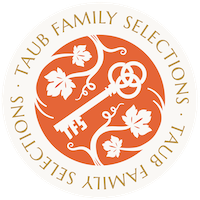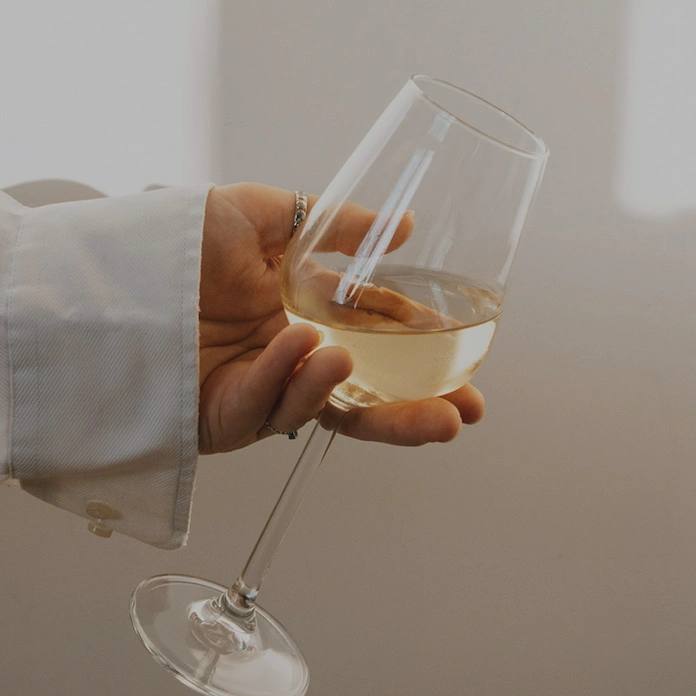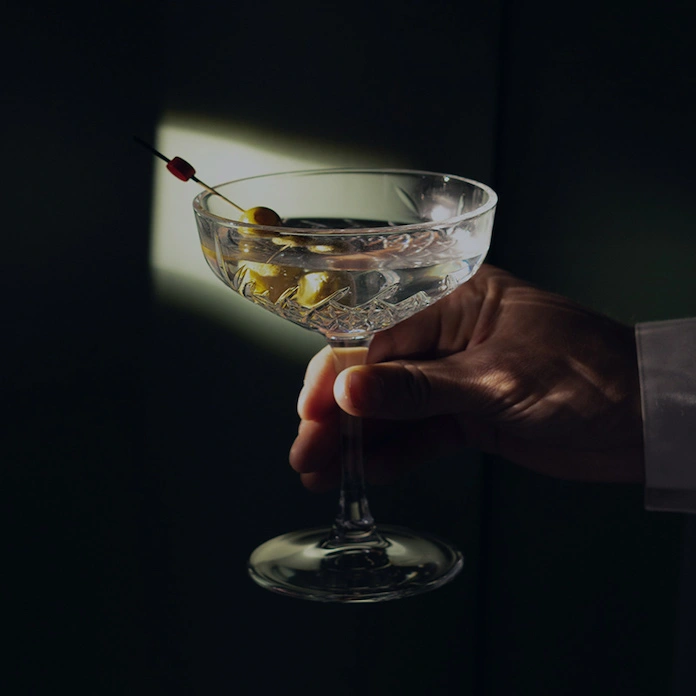Andre Jacquart is a grower champagne in the truest sense. For four generations, the parents and grandparents of André Jacquart only produced Champagne grapes. In 1958 André Jacquart introduced a new spirit in the family, producing his own estate-bottled Champagne in Le Mesnil-sur-Oger Grand Cru. Since 2004, Champagne André Jacquart has been located in Vertus Premier Cru with their Champagnes exclusively coming from the terroir of Vertus and Le Mesnil-sur-Oger. Major work was undertaken and the fifth generation, represented by Marie Doyard (the granddaughter of André Jacquart) stepped in to run the business and inspire it with her own philosophy of vinification in oak barrels, long ageing periods, and low or no dosage. Interestingly, Marie’s paternal grandfather, Maurice Doyard, was instrumental in the creation of the AOC Champagne and the delimitation of its vineyard areas. Champagne André Jacquart prides itself on its forward-looking ethos and pioneering spirit, focusing primarily on respect for the terroir and high quality. In line with its strategy, the estate was certified HVE 3 for its sustainable winegrowing practices in 2019.
- About Us
- Producers
-
Wines
add
Countries
-
Spirits
add
CountriesAwards
- Where to Buy
- PBI Journal
- Contact Us















